Pests and Your Roof: What Homeowners Should Know
January 29, 2025
Your roof is a vital part of your home’s defense against the elements—but it can also attract unwanted guests like pests. These creatures not only cause structural damage but can also create health hazards if left unchecked. Here's how pests can impact your roof and what you can do to prevent them.
Common Pests That Target Roofs
• Birds
How They Cause Damage: Birds may nest in gutters, vents, or under loose shingles, causing blockages or damaging roofing materials.
Risks: Nesting debris can lead to water backups, while bird droppings can damage shingles over time.
• Rodents (Squirrels, Rats, and Mice)
How They Cause Damage: Rodents chew through shingles, fascia, or soffits to gain entry into your attic.
Risks: Their gnawing can damage wiring, insulation, and wood framing.
• Insects (Bees, Wasps, Termites, and Ants)
How They Cause Damage: Bees and wasps build hives in eaves or attic spaces, while termites and carpenter ants weaken wood structures.
Risks: Structural damage, increased repair costs, and potential stings from aggressive insect species.
• Raccoons
How They Cause Damage: Raccoons are strong and can tear through shingles or vents to enter attics.
Risks: They can cause extensive structural damage and leave behind droppings that pose health risks.
• Bats
How They Cause Damage: Bats squeeze into small gaps in vents or soffits, establishing colonies in attics.
Risks: Their droppings, or guano, can harbor harmful fungi and create unpleasant odors.
Signs of Pest Problems on Your Roof
Visible Damage: Missing shingles, gnaw marks, or holes in the fascia or soffit.
Debris in Gutters: Leaves, twigs, or nesting materials can indicate bird or rodent activity.
Unusual Sounds: Scratching, squeaking, or buzzing noises coming from the attic or roof.
Droppings: Pest waste in or around the roofline.
Chewed Wiring: Evidence of rodents accessing the attic.
How to Protect Your Roof from Pests
• Seal Entry Points
Inspect for gaps or holes in the roof, soffits, or fascia and seal them with caulk or metal mesh.
• Maintain Gutters
Clean gutters regularly to remove nesting materials and prevent clogs that attract pests.
• Trim Overhanging Branches
Keep tree limbs trimmed away from your roof to limit access points for squirrels, raccoons, and insects.
• Install Pest Barriers
Use vent covers, chimney caps, and screens to block pests from entering key access points.
• Inspect Regularly
Conduct routine roof inspections to catch signs of pests early and address potential issues promptly.
• Eliminate Attractants
Avoid leaving food or trash outside that might lure pests toward your home.
• Consult Professionals
If pests are already causing damage, contact a pest control specialist and a roofing expert to address both the infestation and any structural issues.
Why It Matters
Ignoring pest issues can lead to:
Structural Damage: Weakening of roof materials, insulation, and framing.
Health Hazards: Contaminated air from droppings or potential bites/stings.
Costly Repairs: Pest damage can escalate quickly, increasing repair expenses.
Protecting your roof from pests is key to maintaining your home's integrity and safety. If you suspect pest-related roof damage, Bakeris Roofing can help inspect and repair your roof to ensure its secure and pest-free! Call us at (515) 207-7949.



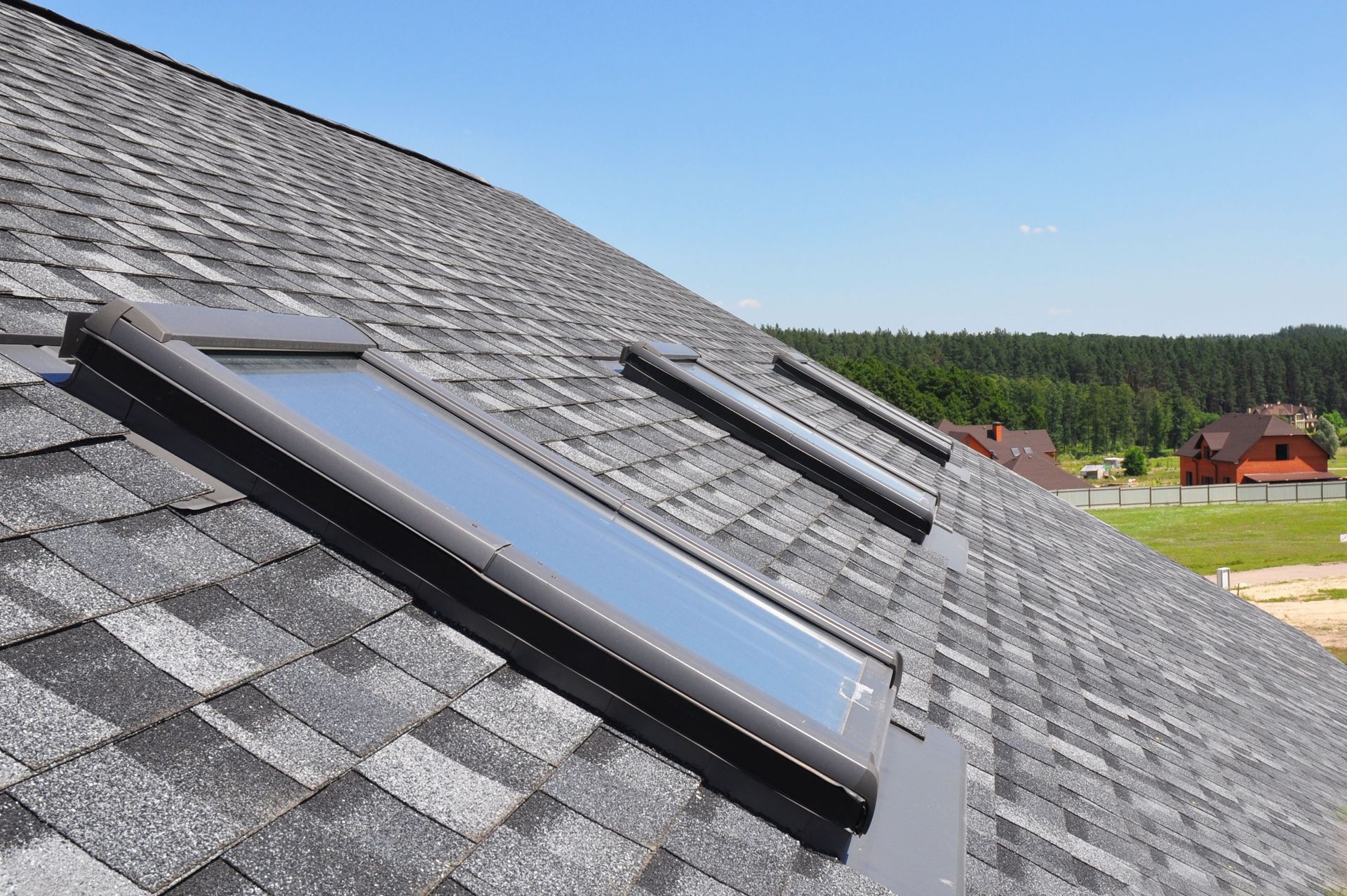
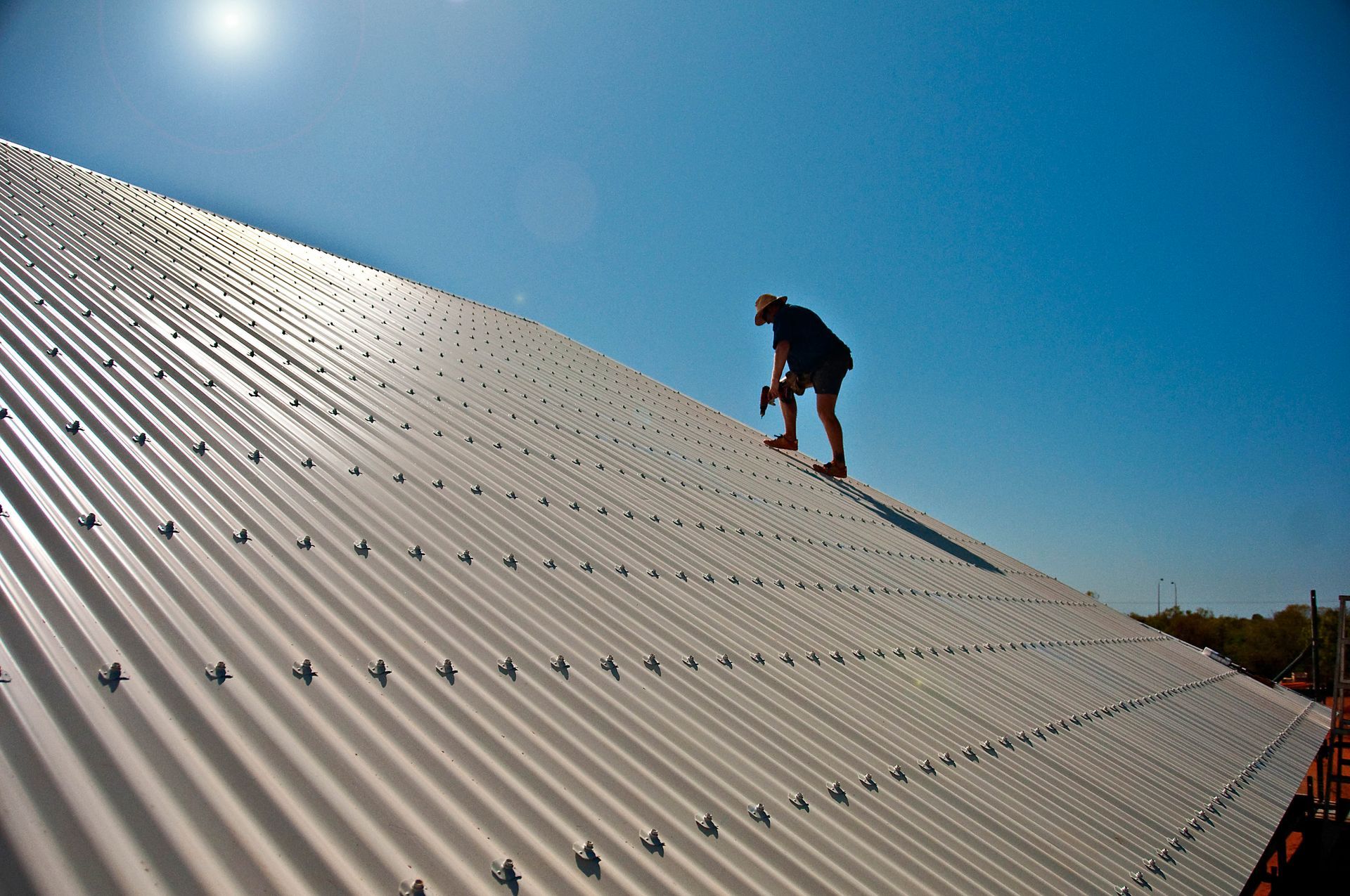
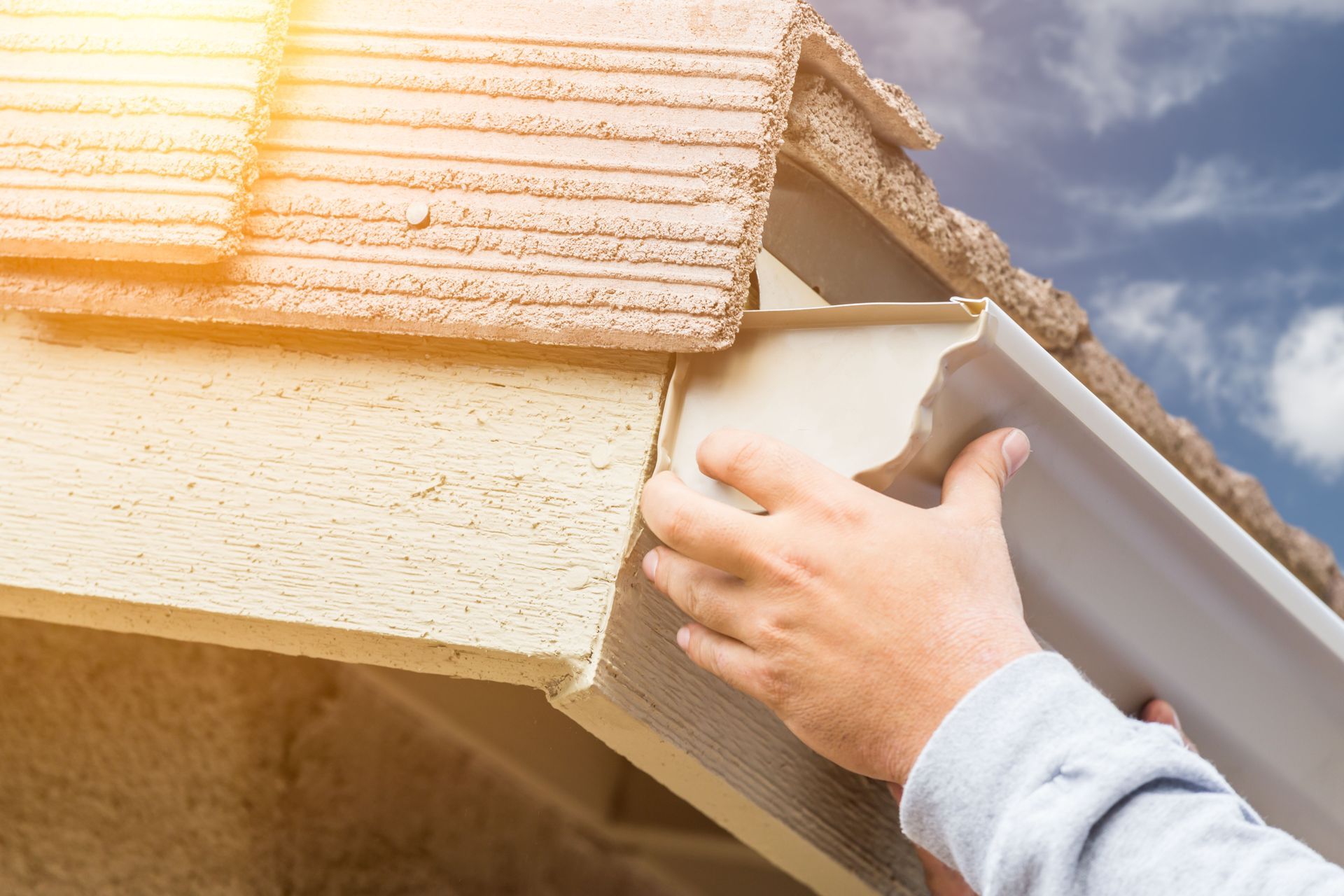
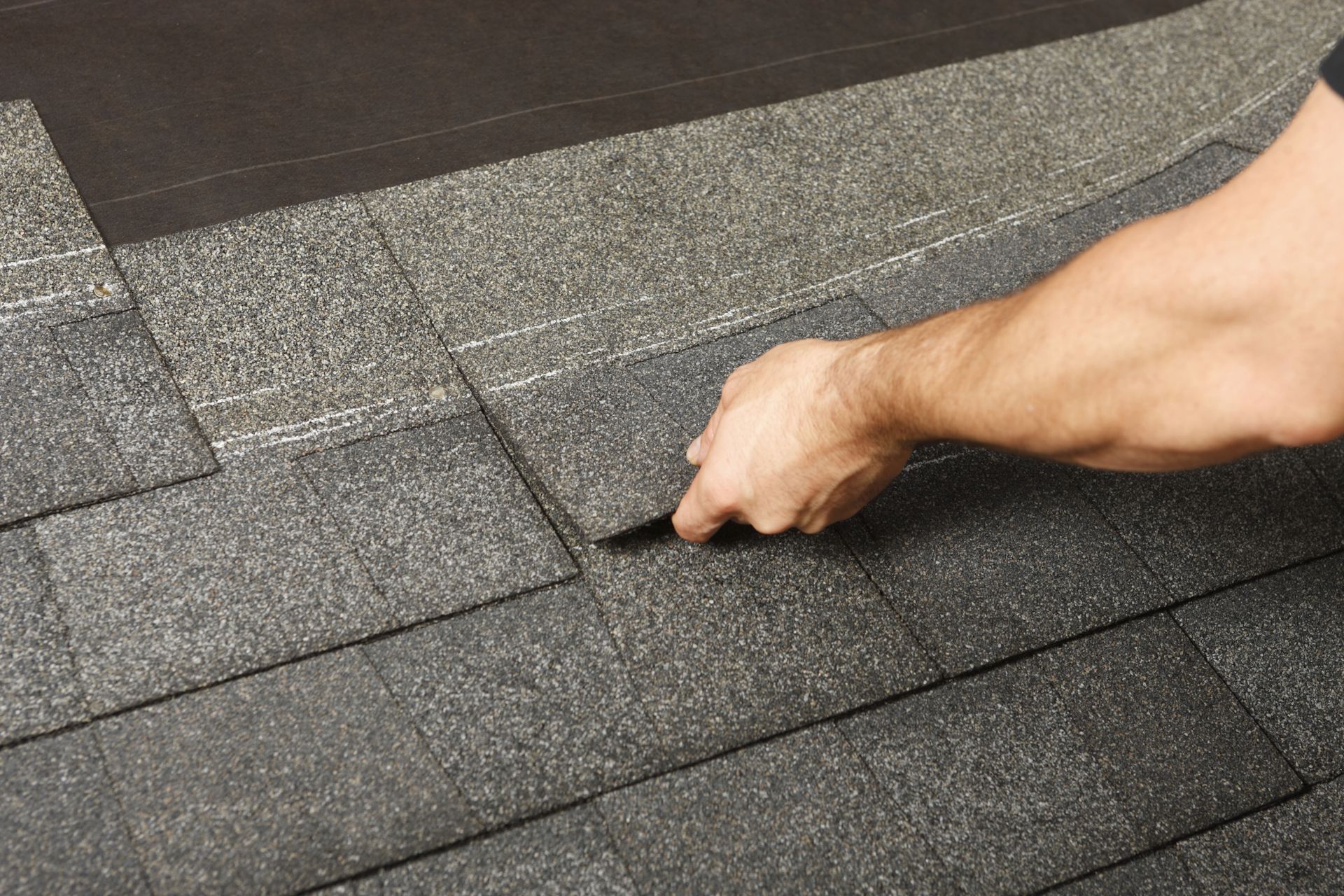
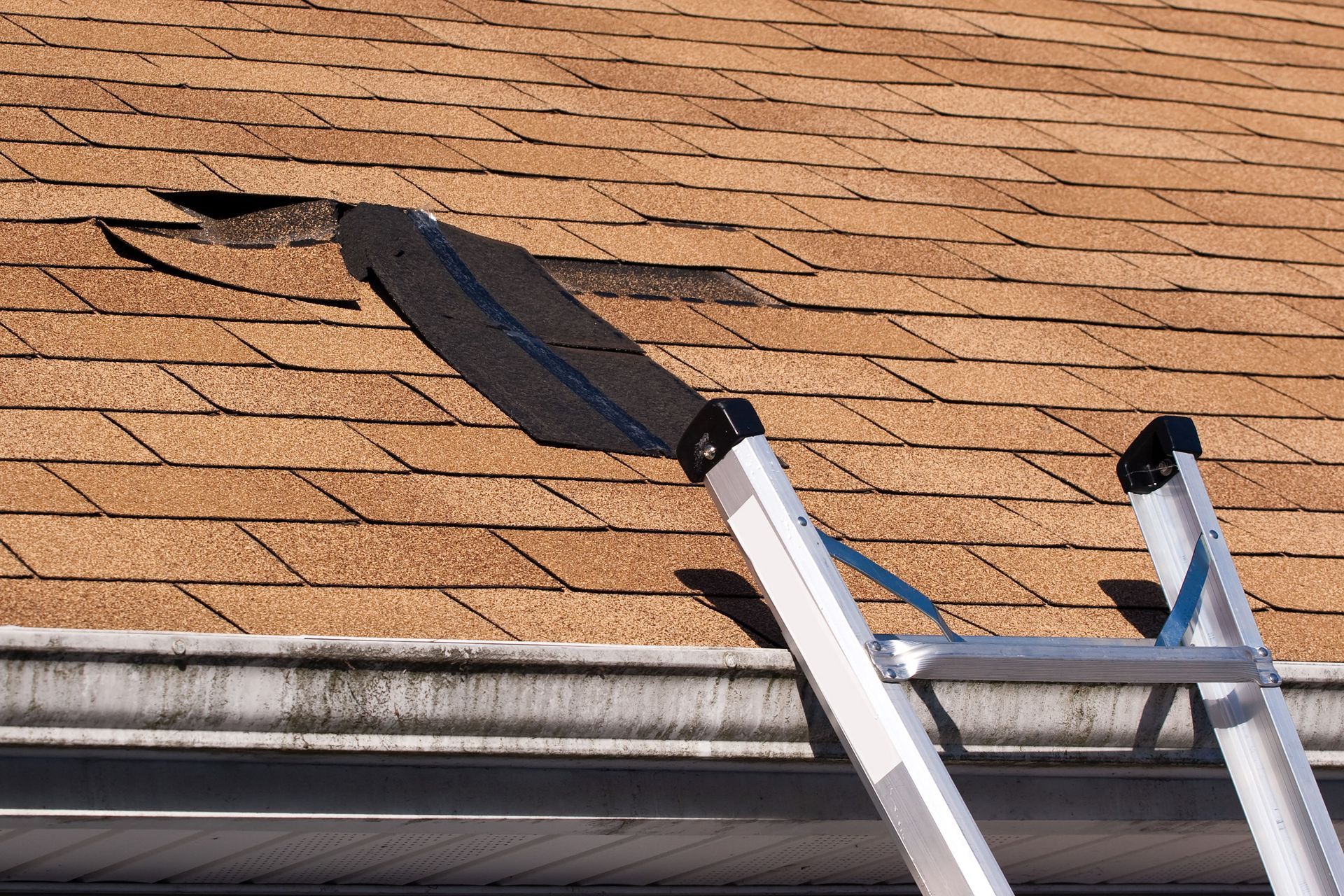
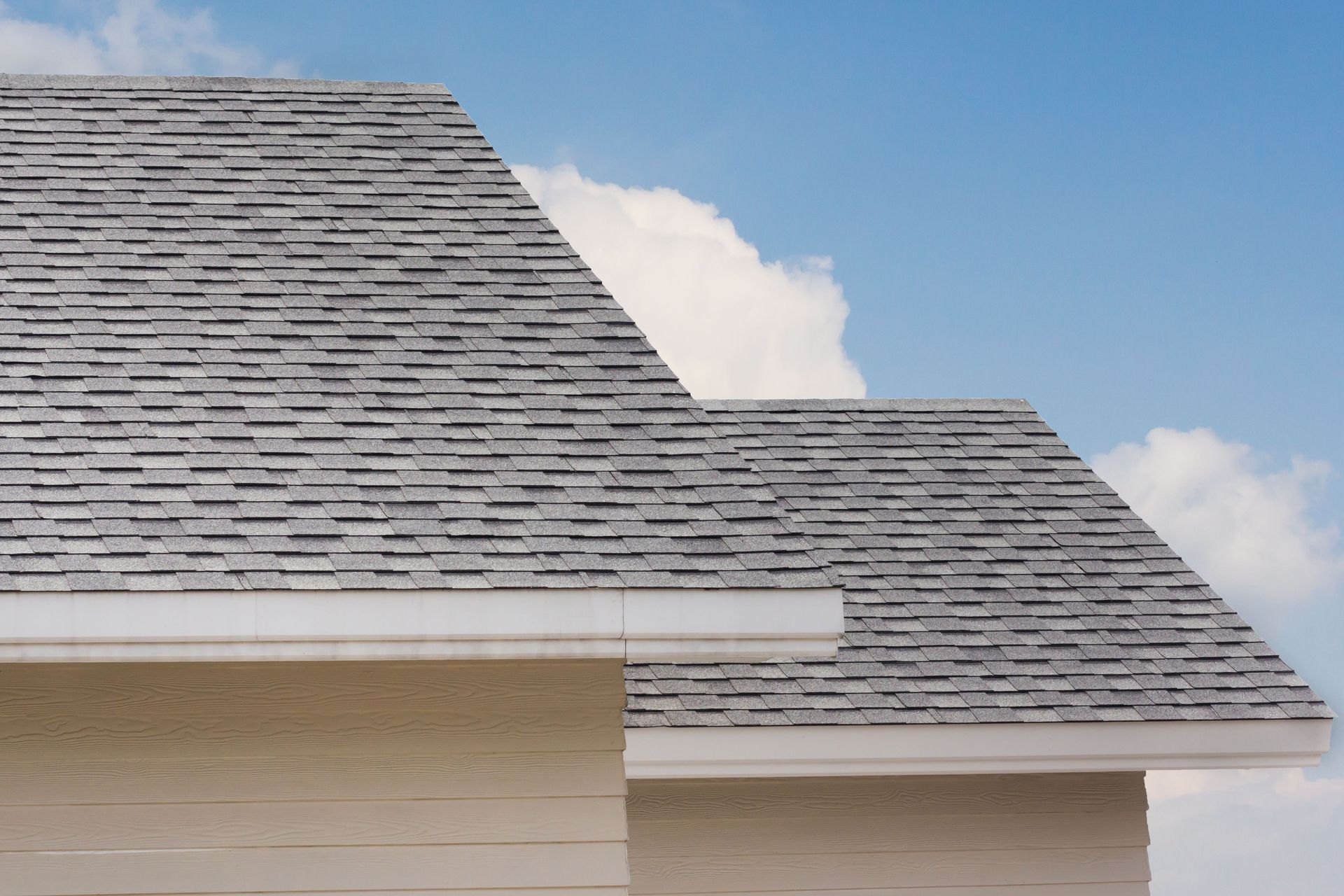
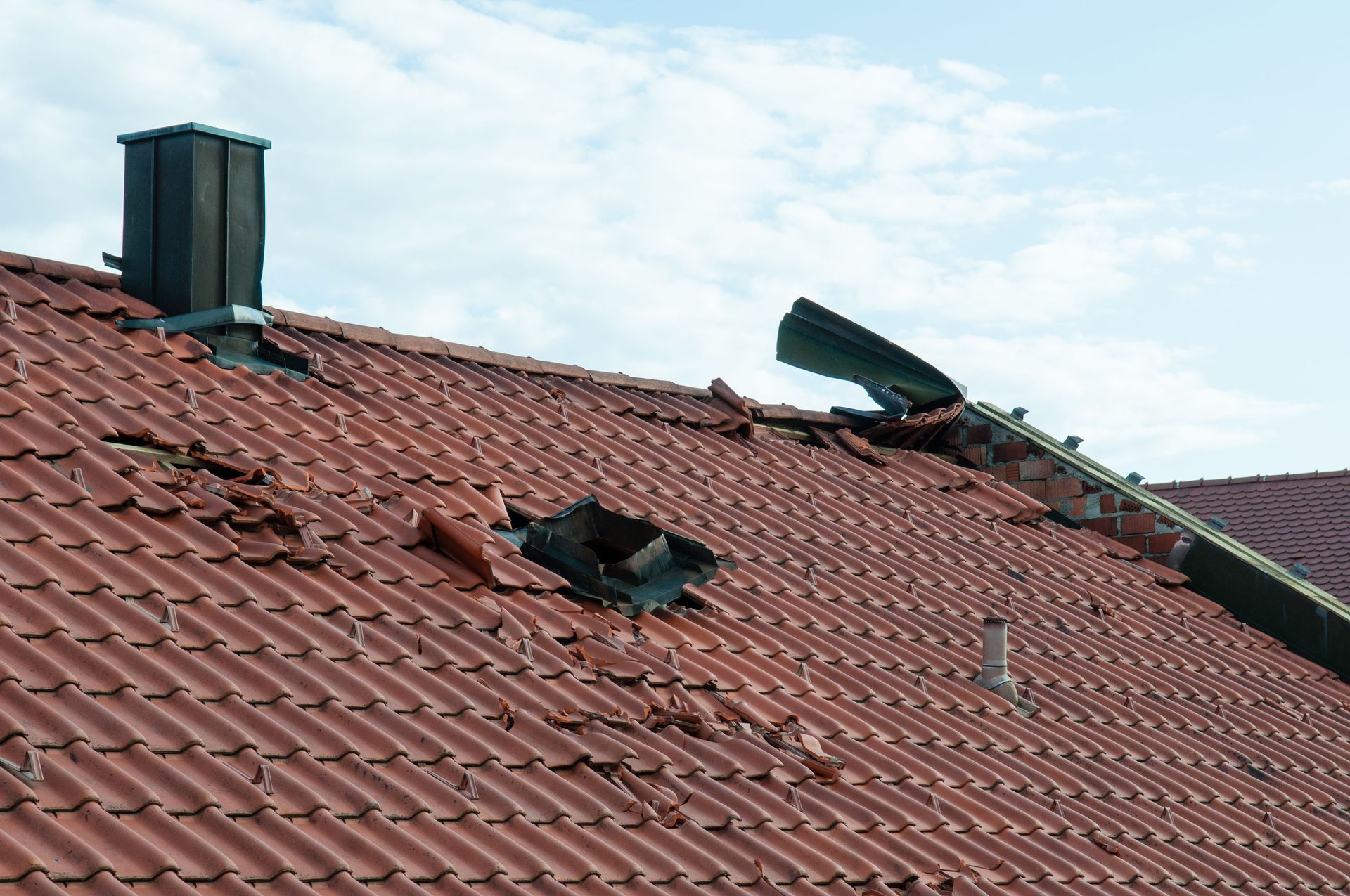
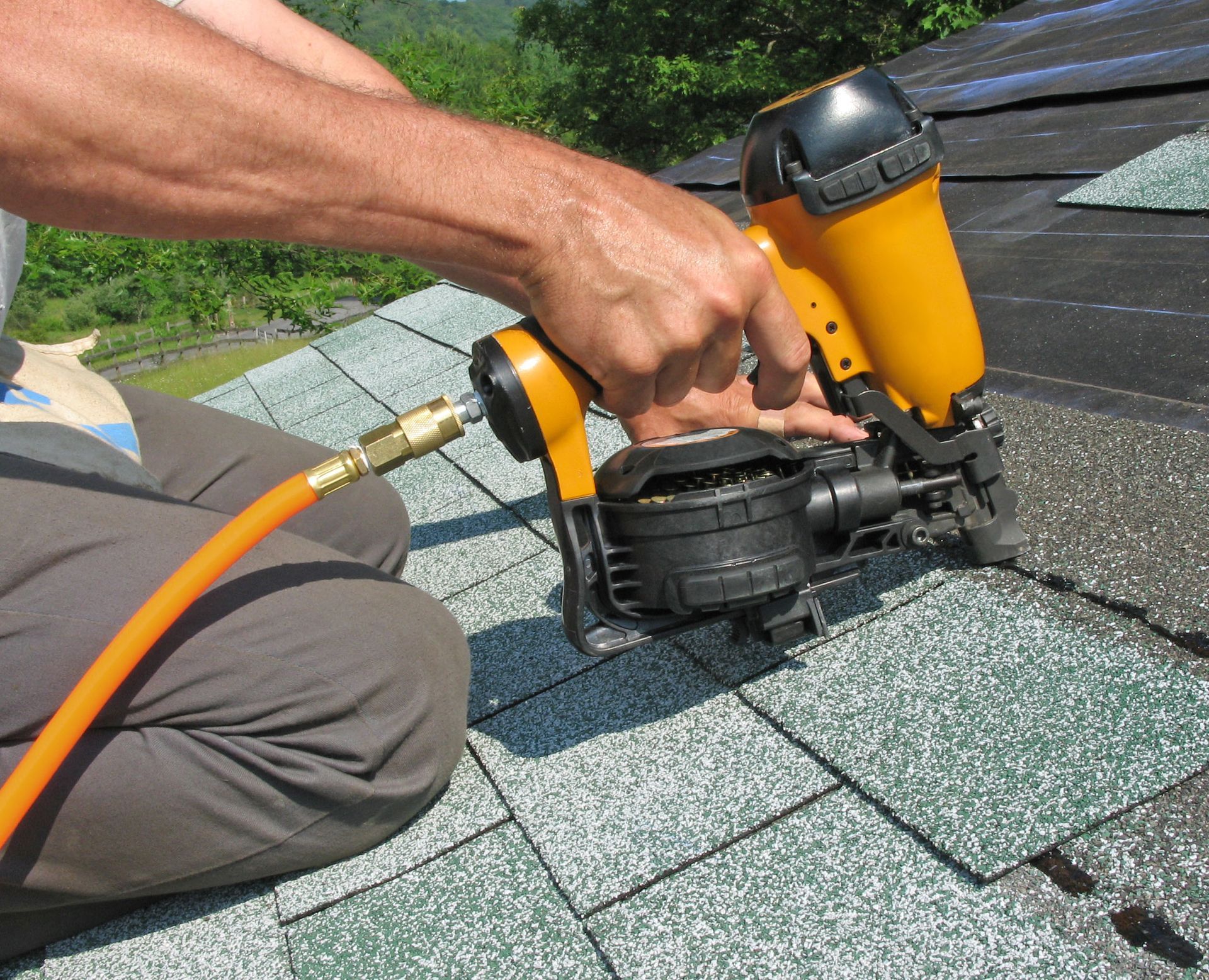
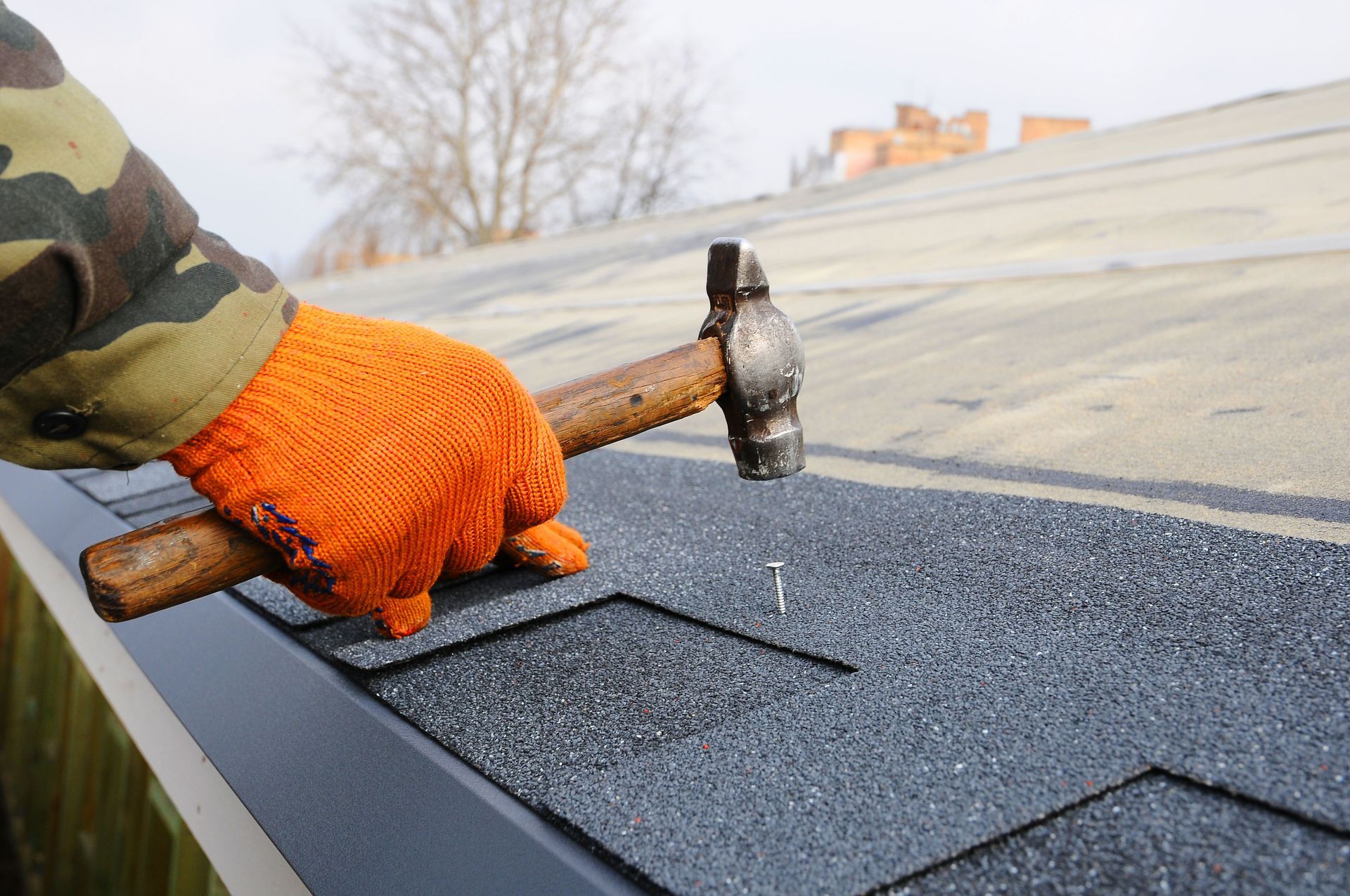
Share On: